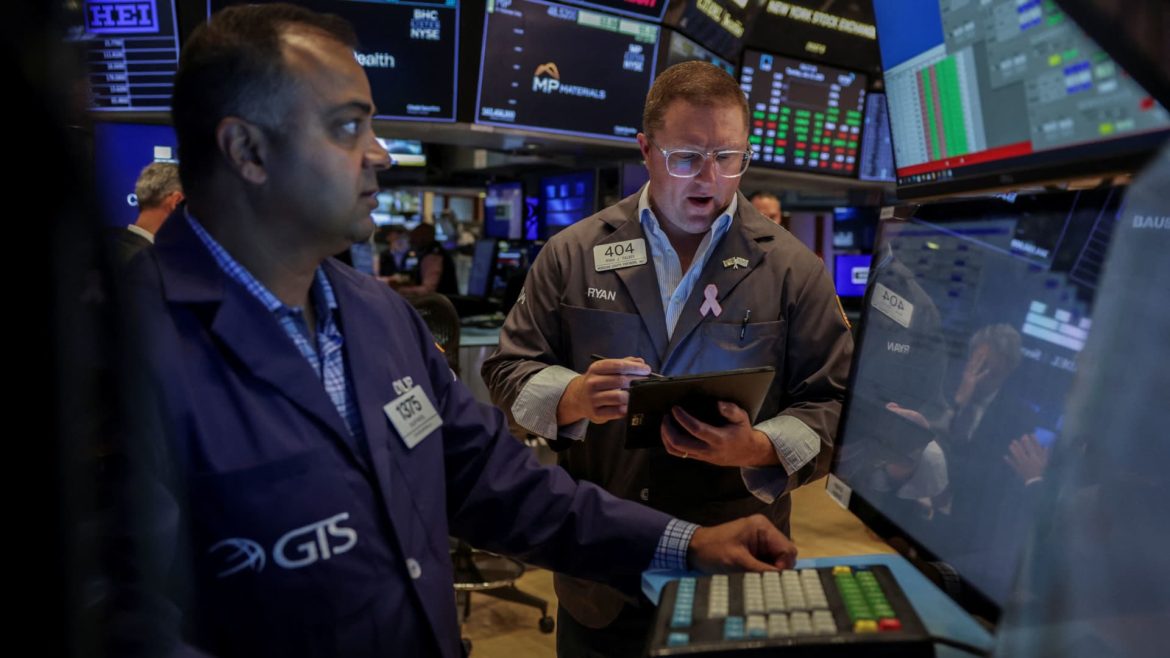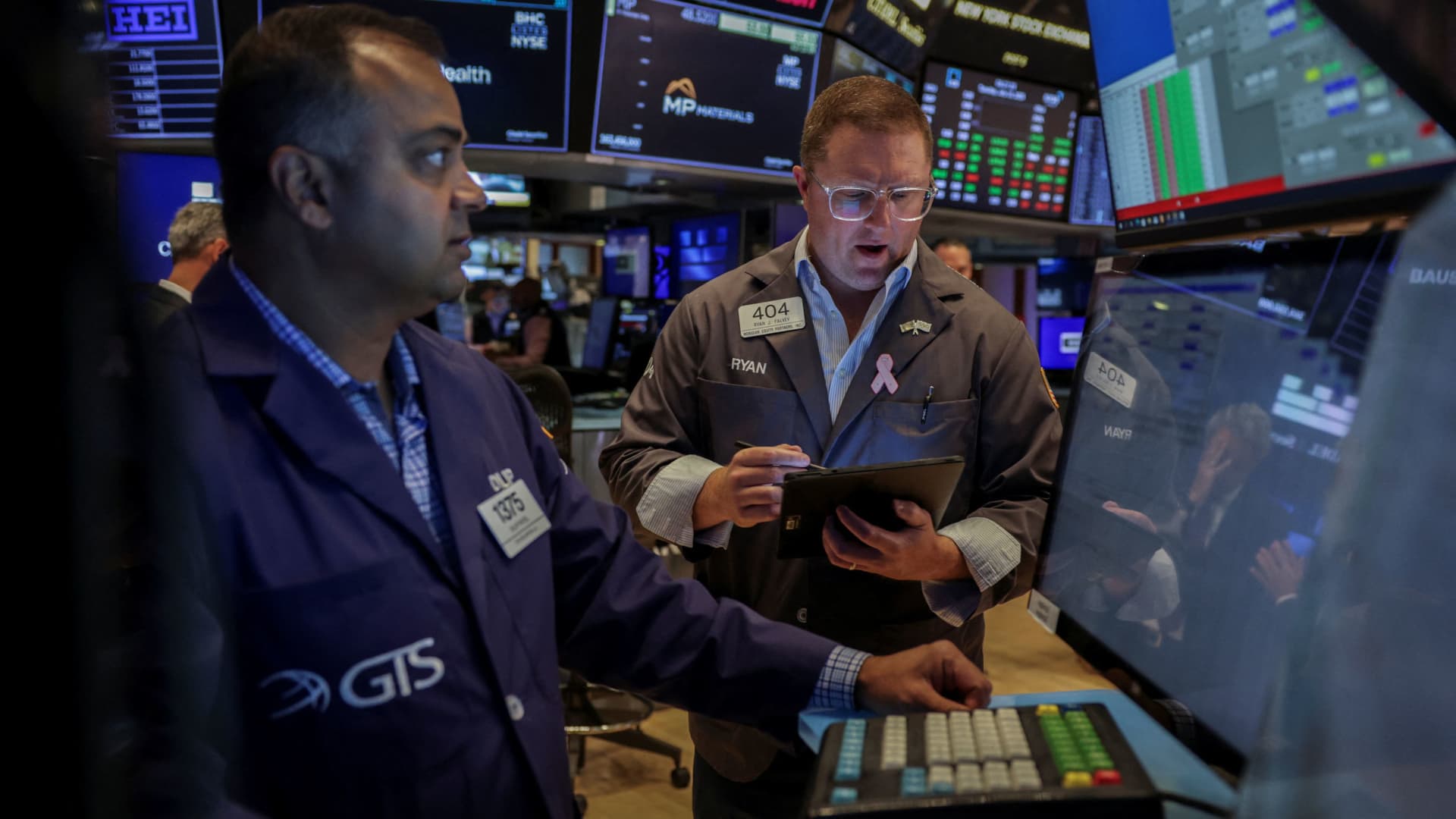A Mid-2025 Analysis of the S&P 500: Navigating Market Dynamics
The S&P 500 has always been a barometer of the U.S. economy, reflecting the collective performance of 500 leading companies across various sectors. As we reach the midpoint of 2025, the market presents a complex tapestry of opportunities and challenges. This analysis explores the key factors influencing the S&P 500, offering insights into its current state and future trajectory.
The AI and Tech Revolution: A Double-Edged Sword
Artificial intelligence has emerged as the driving force behind the S&P 500’s performance in 2025. The technology sector, led by companies like Nvidia, has witnessed unprecedented growth, with AI applications permeating industries from healthcare to finance. This surge has not only boosted market sentiment but also raised concerns about sector concentration.
The market’s heavy reliance on tech stocks, particularly those involved in AI, introduces a significant risk. A slowdown in AI adoption, regulatory interventions, or technological setbacks could trigger a market correction. Investors must closely monitor the fundamentals of these companies and assess the sustainability of their growth.
Trade Policy: A Volatile Influencer
Trade policy remains a critical factor influencing the S&P 500. The market’s reaction to trade negotiations between the U.S. and China underscores the impact of tariffs on investor sentiment. While tariff reductions have boosted market performance, renewed tensions could dampen enthusiasm.
Navigating this landscape requires a nuanced understanding of geopolitical dynamics. Investors should monitor trade negotiations, assess the impact of tariffs on corporate earnings, and adjust their portfolios accordingly. The volatility introduced by trade policy demands careful risk management.
Earnings and Economic Data: The Bedrock of Market Performance
The S&P 500’s performance is ultimately anchored in corporate earnings and economic data. Strong earnings reports bolster investor confidence, while disappointing results can trigger sell-offs. Economic indicators, such as inflation figures, employment rates, and GDP growth, provide a broader picture of the economic environment.
Projections suggest the S&P 500 could close near 6,000 by year-end, supported by double-digit earnings growth. However, investors should critically evaluate these projections and consider potential headwinds that could impact corporate profitability.
Monetary Policy: The Federal Reserve’s Tightrope Walk
The Federal Reserve’s monetary policy decisions significantly influence the S&P 500. Interest rate hikes can dampen economic growth and negatively impact corporate earnings, while rate cuts can stimulate economic activity and boost investor sentiment.
Investors must closely monitor the Fed’s pronouncements and analyze the economic data informing its decisions. Understanding the Fed’s stance on inflation, employment, and economic growth is essential for anticipating future interest rate movements and their potential impact on the S&P 500.
Beyond the Headlines: Unforeseen Disruptions and Emerging Trends
While the aforementioned factors are widely recognized, potential unforeseen disruptions and emerging trends could significantly impact the S&P 500. These include geopolitical events, technological breakthroughs, and environmental concerns.
Unexpected political instability, conflicts, or policy changes can trigger market volatility and disrupt global trade flows. Technological advancements, such as quantum computing or renewable energy innovations, could reshape industries and investment landscapes. Growing awareness of climate change and sustainability is driving demand for environmentally responsible investments, potentially leading to shifts in market valuations.
Conclusion: Charting a Course Through Uncertainty
The S&P 500 in mid-2025 stands at a crucial juncture. The market is buoyed by AI and technological innovation but faces challenges from trade uncertainties, evolving economic data, and the risk of unforeseen disruptions. Successfully navigating this landscape requires a balanced approach that combines a deep understanding of market dynamics with a keen awareness of emerging trends.
Investors should focus on diversification, conduct thorough due diligence, and remain adaptable to the ever-changing currents of the global economy. Ultimately, the ability to anticipate and respond to these shifts will be the key to unlocking long-term success in the S&P 500 and beyond.





